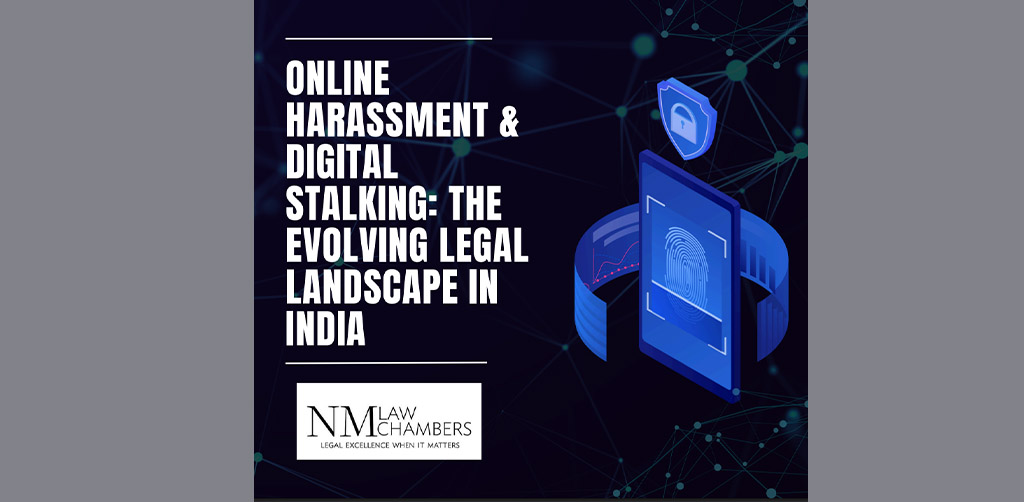PERSONAL GUARANTORS UNDER IBC:INCREASED RISKS FOR BUSINESS OWNERS
– Shreya Shree Singh, Associate The Insolvency and Bankruptcy Code, 2016 (‘IBC’), has significantly changed the landscape of corporate debt resolution in India. While the code primarily aims to streamline the insolvency process for corporate entities, it has also placed substantial liabilities on personal guarantors, often business owners or promoters. The increased risks for such individuals have been reinforced through judicial interpretations and legislative amendments. Legal Framework for Personal Guarantors The IBC was amended in 2019 to bring personal guarantors under its ambit, allowing creditors to initiate insolvency proceedings against them independently of corporate debtors. Key provisions relevant to personal guarantors include: Increased Risks for Business Owners The inclusion of personal guarantors under the IBC framework has heightenedfinancial risks for business owners. Some of the primary risks include: Comparative Analysis: Personal Guarantors in Other Jurisdictions The treatment of personal guarantors under insolvency law varies across jurisdictions: India’s approach under IBC appears to be more stringent compared to these jurisdictions, with fewer protective measures for personal guarantors. Mitigation Strategies for Business Owners While personal guarantees are often unavoidable in corporate finance, business owners can adopt several strategies to mitigate risks: Conclusion The inclusion of personal guarantors under IBC has heightened risks for business owners, making them personally accountable for corporate debts. Given the evolving legal landscape, business owners must adopt proactive measures to safeguard their financial interests and navigate the challenges posed by insolvency proceedings. Understanding the implications of personal guarantees and seeking expert guidance can help mitigate potential financial setbacks. As judicial interpretations continue to evolve, individuals providing personal guarantees must remain vigilant and well-informed about their rights and liabilities under IBC.
PERSONAL GUARANTORS UNDER IBC:INCREASED RISKS FOR BUSINESS OWNERS Read More »










